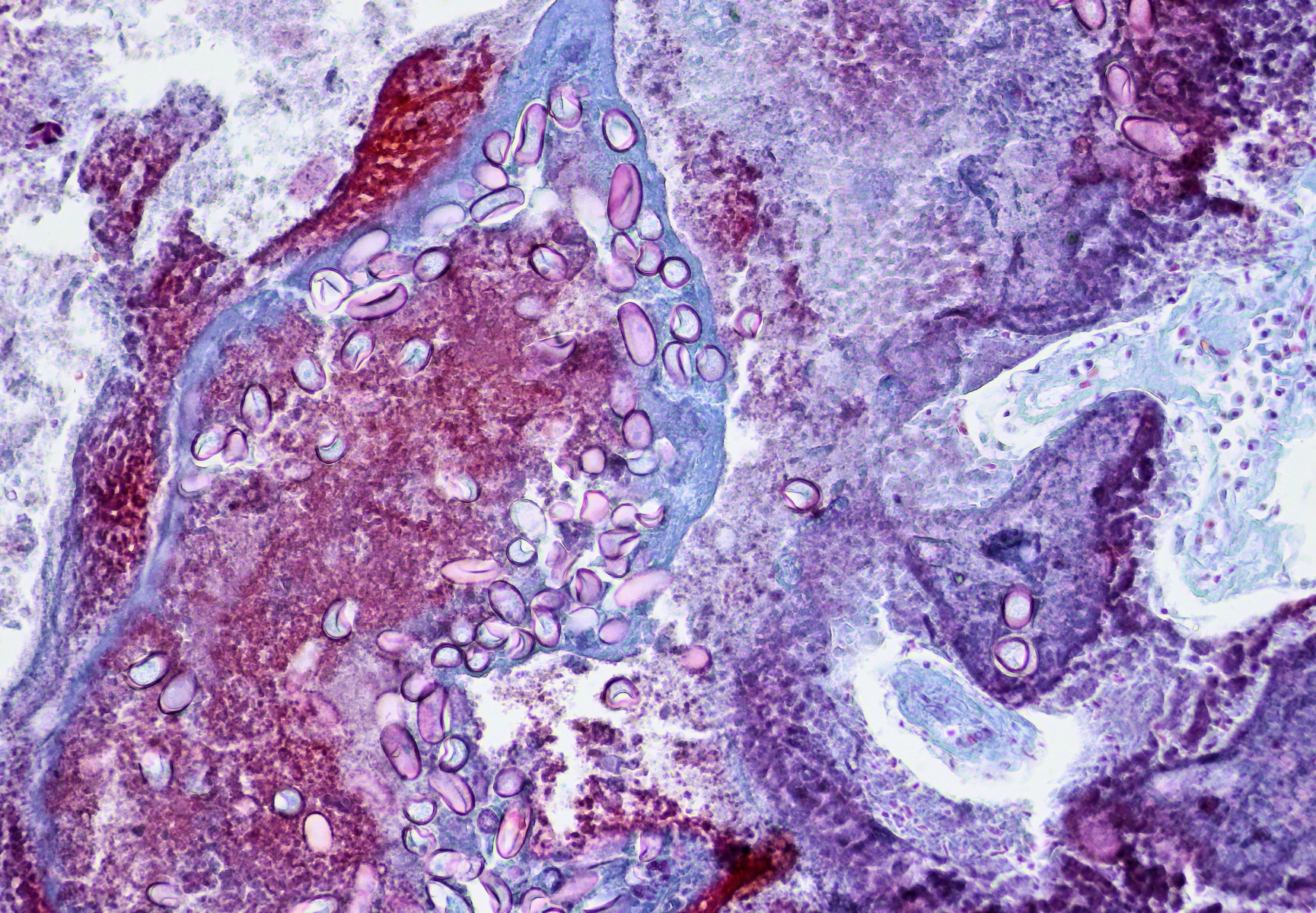Antony van Leeuwenhoek, a pioneer in the world of microscopy, made groundbreaking discoveries that opened new windows into the microscopic realm. One of his notable observations in 1674 was the identification of Eimeria stiedae, a protozoal parasite responsible for hepatic coccidiosis in rabbits.
Hepatic coccidiosis, a prevalent and global protozoal disease, specifically targets the liver of rabbits infected with Eimeria stiedae. Coccidiosis often leaves rabbits as carriers even after recovery, showcasing the lingering impact of this microscopic adversary.

Eimeria stiedae in liver | Motic BA410 | Moticam 10
The disease manifests in two anatomical forms: hepatic, caused by Eimeria stiedae, and intestinal, caused by various species including E magna, E irresidua, E media, E perforans, E flavescens, E intestinalis, and others. Transmission of both forms occurs through the ingestion of sporulated oocysts, typically found in contaminated feed or water.
The severity of the disease hinges on the quantity of ingested oocysts, with young rabbits being particularly susceptible. This revelation sheds light on the intricate dynamics of coccidiosis, emphasizing the importance of understanding and managing this microscopic battle for the well-being of our furry companions.
Copyright: willemsmicroscope.com
